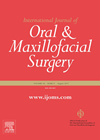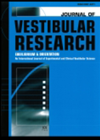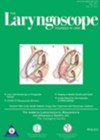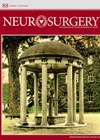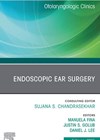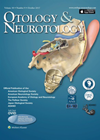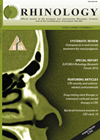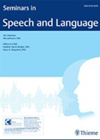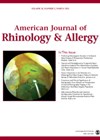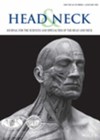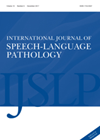
Journal Reviews archive for 2021
Core biopsies are good enough for lymphomas
This paper, from the South of England, has reviewed ultrasound-guided core needle biopsies over a six-year period investigating the use of the detection of head and neck lymphomas. There were 367 samples included from 226 patients; 215 of the 226...
PPPD - the problem with the label
The recently described diagnostic entity of persistent postural perceptual dizziness (PPPD) has its merits regarding guiding intervention and treatment, but the label itself can be problematic for patients. This study was designed to determine the views of patients of the...
Automated contouring of costal cartilage for pinna reconstruction – a proof of concept
Presently there are limited applications of automation within operative ENT. This proof-of-concept study explores the use of an augmented robot to contour cadaveric costal cartilage for auricular reconstruction. Ordinarily this task is performed manually. This takes considerable time due to...
Long-term curative effects of microvascular decompression for hemifacial spasm
This article describes results of a multicentre prospective trial performed to evaluate long- and short-term outcomes and complications of patients who underwent microvascular decompression (MVD) for hemifacial spasm (HFS). The surgeries were performed by surgeons with more than 15 years...
Lateral skull base surgery using the endoscope
Endoscopic lateral skull base surgery could be performed via less invasive techniques due to wide panoramic visualisation of the operative field. With less invasive techniques, patients have been shown to require shorter recovery time and reduced postoperative pain. In this...
Well drilling vs. subperiosteal pocket for cochlear implants – comparison of operative time, complications and cost-effectiveness
The choice of method for securing the receiver/stimulator (R/S) package during cochlear implant surgery is usually dependant on several factors, but primarily surgeon preference. The initial recommendation from manufacturers was to drill a bony well (WD technique) and use bony...
Does septoplasty improve smell?
This is a study from Barcelona on a very interesting topic: does septoplasty change sense of smell? The theory being that a deviated septum would prevent airflow to the olfactory region and once the anatomical obstruction has been relieved, that...
Telepractice in COVID-19 and beyond
COVID-19 has suddenly forced health professionals to switch from face-to-face to remote video conferencing to deliver many or most of their services. This article considers the current state of this service delivery model (also called telepractice) for speech and language...
Can we predict how much benefit patients will get from ESS with a novel monoclonal antibody
Mepolizumab (Nucala) is a humanised IgG1 monoclonal antibody that acts as an IL-5 antagonist. It has been shown to be highly effective in treating severe asthma. It is hypothesised that it will be effective for patients with recalcitrant CRSwNP. This...
Reducing the risk of Frey’s syndrome after parotidectomy – which methods are best?
Gustatory sweating or Frey’s syndrome is a well-recognised complication of parotid surgery. The reported incidence is highly variable, from 4% to 96%, with around 30% of patients reporting symptoms. A number of intraoperative techniques can be used to reduce the...
Structures determining T4a, T4b
This paper for tertiary cancer centre in India attempted to determine whether patients with T4b oral cancers involving the 'masticator space' should be treated with survival intent comparable to T4a cancers. Over a 7-year period, 30 patients with T4b cancers...
Till death do us part: the role of the speech and language therapists in palliative care
Increasingly, speech and language therapists are being involved in end-of-life and palliative care. This study reports on a three-phase project to explore this in the context of the Australian healthcare system. In phase one, the authors described a scoping review...

